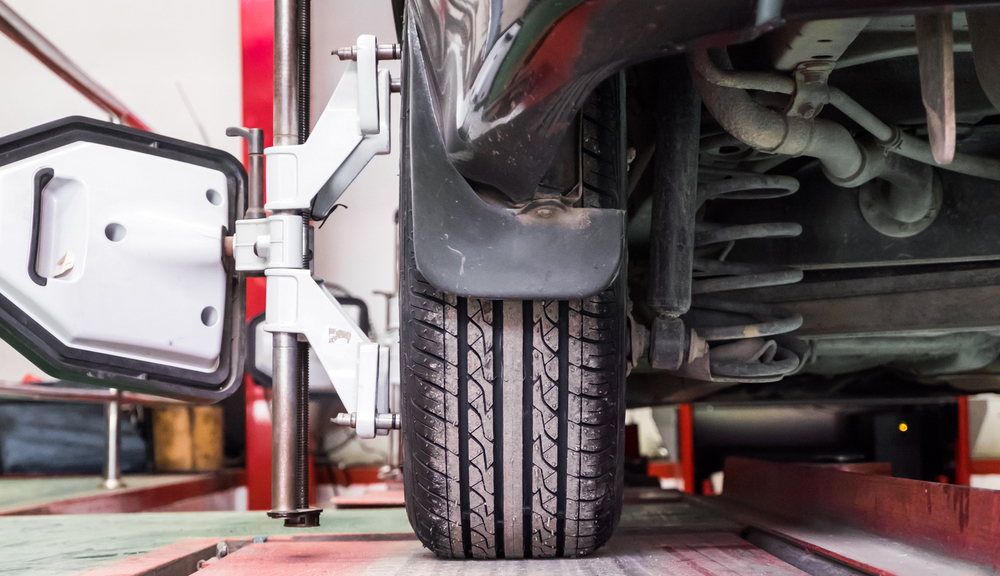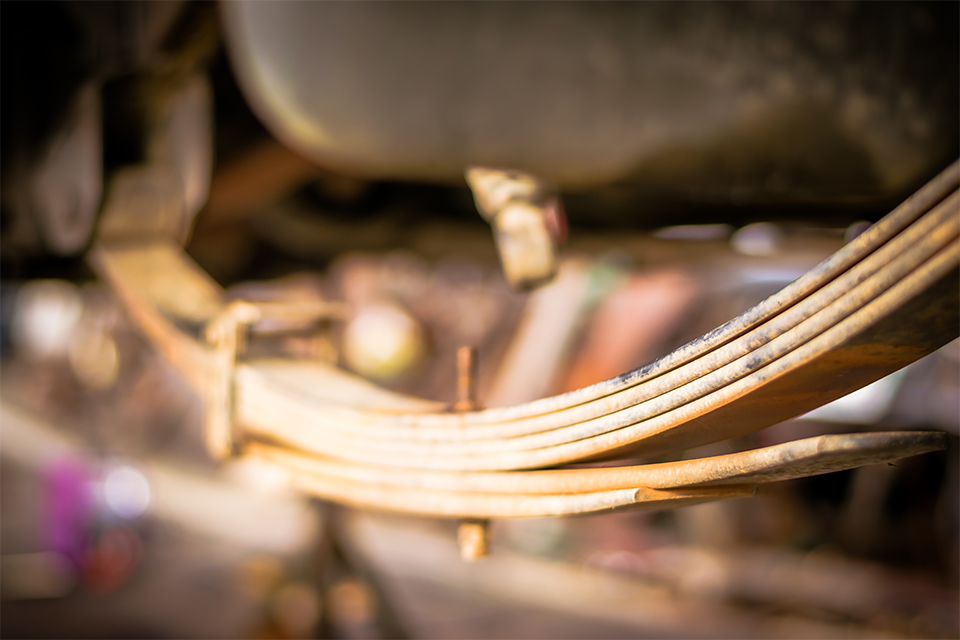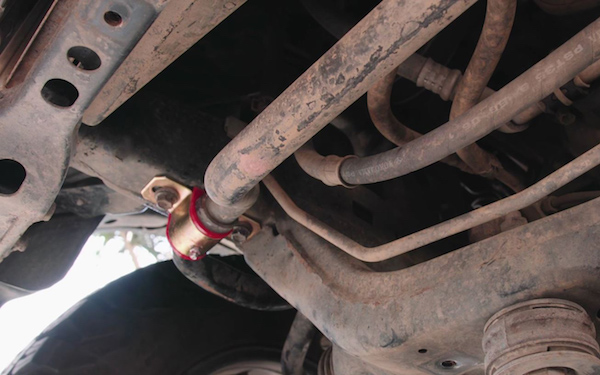
Potholes and various bumps in the road take their toll on your vehicle's suspension and steering. Your front suspension and steering components take the biggest hits. While some suspension work is best left to the pros, tie rods are easily replaceable on most vehicles. Signs that you need to replace your tie rods include:
- front-end shimmy
- hard steering and poor steering wheel return
- clunks and clanks
- off-center steering wheel
- pulling from one side or the other
The good news is, tie rod replacement isn't a difficult job.
Talk to an Advance Auto Parts Team Member about availability of our free Loaner Tools.
This is a project that needs some know-how
-
Right and left tie rod ends have different part numbers and different threads. Have your Advance Auto Parts Team Member label each part right and left.
-
With the vehicle raised using a jack and secured with jack stands, remove the wheels.
-
Loosen the pinch bolts that hold the tie rod end to the steering assembly or adjusting sleeve. Turn the steering wheel if you need better access.
-
Pull out and discard the cotter pin, then remove and discard the castellated or castle nut from where the tie rod end itself connects to other steering components.
-
Use a two-jaw or tie rod end puller to remove the tie rod end from the steering knuckle. Start slowly in order to seat the tool properly for good leverage.
-
Mark the position of the tie rod end on steering assembly with chalk or electrical tape, then remove by unscrewing. The marks will help you replace the new rods in roughly the same position, which will keep your alignment close to original.
-
If your particular tie rod ends come with grease fittings, install them now. Also install the rubber boots on each tie-rod end. Do not reuse any parts.
-
Install the new tie rods by reversing the disassembly procedure. Torque all nuts to specification using the torque wrench, making sure to line up the castle nut and hole for cotter pin installation. Be sure to install new cotter pin.
-
Use a grease gun to put approved grease into the tie rods' grease fittings. Fill until you start to see grease seep out. Wipe off all excess grease using the cleaning rags to prevent brake contamination.
-
Chances are your vehicle will be pretty squirrelly until an alignment is performed. Get an alignment to ensure proper handling and increase tire life.
Consult your repair manual before attempting this procedure. Proper torque values are crucial to safe vehicle operation.
Always secure a vehicle on jack stands before working underneath. Know where to place the jack stands on the vehicle frame, and don't ever jack a vehicle with the jack pad under the oil pan or transmission pan.
Not all greases are created equal. Make sure you're using the right formulation and weight of grease for the job at hand.







